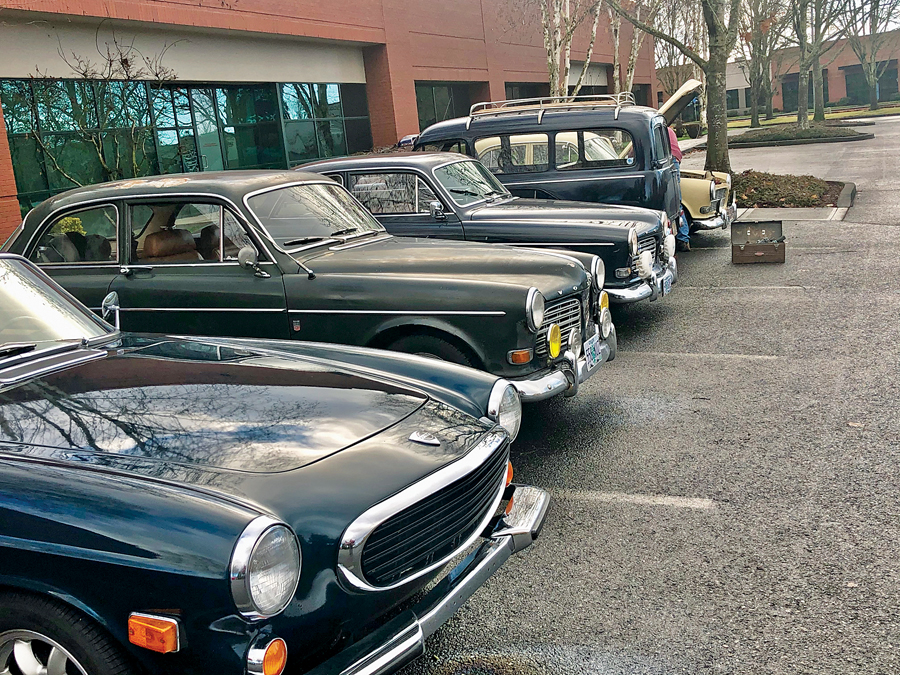On January 1, vintage-car tribes gather in the early morning darkness. From snow-covered Montana to sunny San Diego, old-car lovers prepare to “start the new year right” with a cruise in a classic. For more than two decades, the local “Round-Fender Volvo Club” has hosted a New Year’s Day run. Organized by longtime SCMer Dean…
A New Year’s Day Ritual

